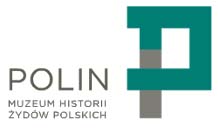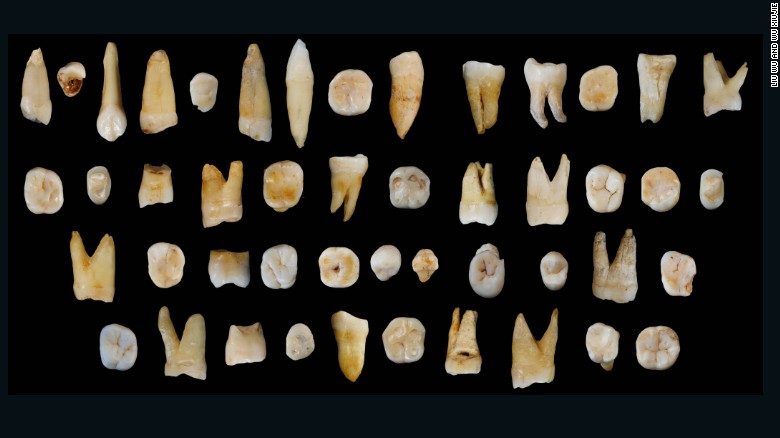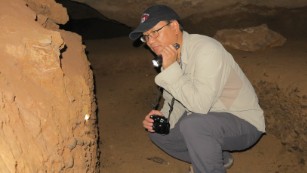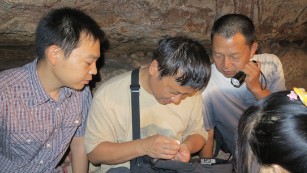 Memory is Our Home: A Seed Planted in Childhood
Memory is Our Home: A Seed Planted in Childhood
Recommended by author: Suzanna Eibuszyc
Roma Talasowicz-Eibuszyc

My most vivid memory after the war in Poland is of my mother, always watching the door, always hopeful, never giving up that a loved one would enter, back from the dead. Later, when I grasped the magnitude of the crimes against Jews in Europe, I questioned why my parents thought it was essential to stay in “their homeland.” With time, I accepted how important it was for them to restore their roots where their ancestors had lived for 1,000 years. My mother found courage and strength among the ashes of her family. She brought them back to life daily. But 20 years, after the war, Jews were targeted again with an anti-Semitic campaign, sponsored by the Communist government. Between 1968 and 1969, Polish Jews were forced to disappear from Poland.
It was in Elie Wiesel’s classes at CCNY that I gained the courage to understand what my mother had lived through. With time, I allowed myself to confront the ghosts of my childhood. Then, my family’s history started to make sense. When Professor Wiesel told us about his experiences in the concentration camps and when I read his book, The Accident, I realized that my parents, though survivors, lost their entire families and could not escape their past. When I told Elie Wiesel about my mother, he said, “Your mother must write her story. Future generations must know. You must help her to do it.”
My mother hesitated at first, but as I persevered, she agreed. I understand now that her re-entry into a world she suppressed for so long, was a great risk to her safety and sanity. For the sake of truth, she relived terror, hunger and pain. She bravely remembered the family she abandoned in Warsaw and she brought them back to life by telling her story. She confronted the memory of impossible hardship, surviving in Russia, and added her voice to a generation silenced by Hitler.
I was born in communist Poland after the war where we lived until the late 1960s. I went to a Jewish high school, Szalom Alejchem, in Wroclaw before leaving for America. I graduated from CCNY with a B.A. in Jewish Studies, where I first met Professor Wiesel. Later, when I received my M.A. from UCLA, I was awarded a grant, which allowed me to travel to Poland and Israel.

Ultimately, I addressed the trauma of growing up in the shadows of Holocaust aftermath and how this trauma is transferred between generations. For me, one of the second generation, the seed for writing Memory is Our Home was planted in my childhood. Looking back in time, I know now that my entire life was a preparation to be “a memorial candle.” I assumed the burden of my parents’ emotional world and I became the link between the past and the future. This history is imbedded deep in my memory, in my soul. It is part of my DNA.
My book is an illustration of a working class Jewish childhood and adolescence, my mother’s, with emphasis on class, gender, politics and religion. It pencils a vibrant and bleak portrait of daily Jewish life during the interwar years in Warsaw. A difficult, impoverished upbringing after WWI in Poland gave birth to a generation of Jews who participated in Polish culture. During her youth in Warsaw, my mother, Roma Talasowicz-Eibuszyc, joined the Bund movement. She participated diligently to improve conditions for all workers, while preserving Jewish culture. Life for Jews in the 1930s deteriorated and life-changing disillusionment followed as Poland entered the pre-Holocaust and Holocaust periods.
I describe her richly textured accounts of Poland under the Nazi’s murderous grip and the faith of Jews surviving throughout Russia and Uzbekistan during WWII. She survived the month-long bombing of Warsaw, the perilous escape to the east and six years of harsh exile — the single best chance for Polish Jews to escape the catastrophe that engulfed Eastern Europe. After all that, she survived the shocking repatriation to the “vast graveyard” of postwar Poland and Jewish life under communism that was to follow for the next 20 years. The vestiges of Polish Jewish citizens who returned home to rebuild a new life, as it turned out, ended up being ruled by a different destruction, the oppressive Communist regime.
Interwoven with my mother’s diary are stories she shared with me throughout my life, as well as my own recollections as my family made a new life in Communist Poland after the war and into the late 1960s. I try to shed light on intergenerational transmission and the inheritance of the emotional burden. It is the price, we as a family paid, when we were forced to say goodbye to the old world and the challenges we faced in new world.
 Suzanna Eibuszyc received degrees from the City College of New York where she studied with Elie Wiesel and the University of California. She received a Research Award from HBI for this book. She lives in Los Angeles.
Suzanna Eibuszyc received degrees from the City College of New York where she studied with Elie Wiesel and the University of California. She received a Research Award from HBI for this book. She lives in Los Angeles.

 You can buy the book: – “Memory is Our Home”
You can buy the book: – “Memory is Our Home”
here
Memory is Our Home is a powerful biographical memoir based on the diaries of Roma Talasiewicz-Eibuszyc, who was born in Warsaw before the end of World War I, grew up during the interwar period and who, after escaping the atrocities of World War II, was able to survive in the vast territories of Soviet Russia and Uzbekistan.
Translated by her own daughter, interweaving her own recollections as her family made a new life in the shadows of the Holocaust in Communist Poland after the war and into the late 1960s, this book is a rich, living document, a riveting account of a vibrant young woman’s courage and endurance.
A forty-year recollection of love and loss, of hopes and dreams for a better world, it provides richly-textured accounts of the physical and emotional lives of Jews in Warsaw and of survival during World War II throughout Russia. This book, narrated in a compelling, unique voice through two generations, is the proverbial candle needed to keep memory alive.
Pages: 248
Dimensions: 0.8 x 6.2 x 9.2 inches
twoje uwagi, linki, wlasne artykuly, lub wiadomosci przeslij do: webmaster@reunion68.com








